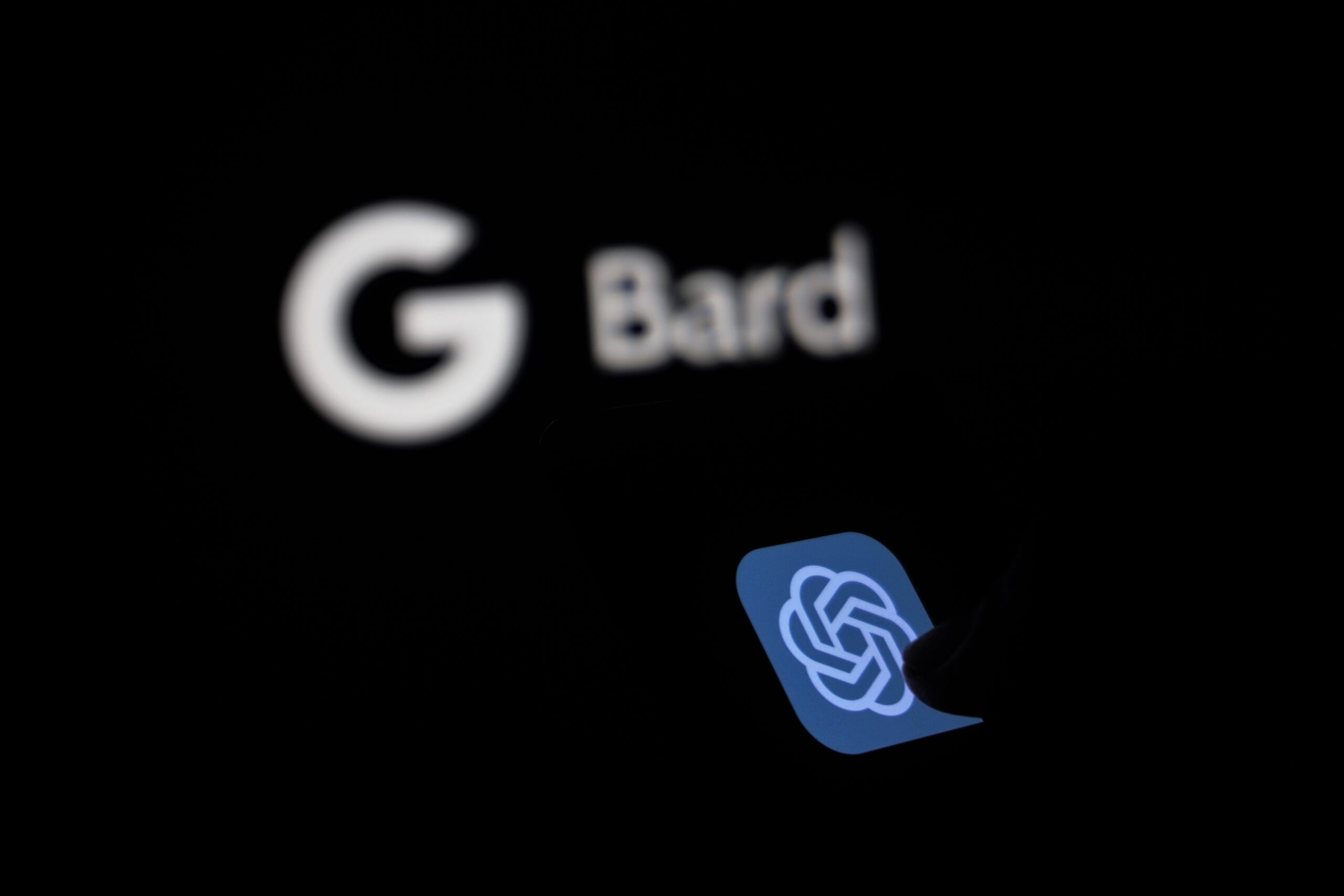It is a well known fact that we-as a humans are better known for our humanity, behaviour, reasoning and rationality. While we made mistakes, we have our own physical limitations like– love, lust, desire, contentment, structure(physical) which sometimes limits our productivity. Even having a superbrain, our body is not prepared to utilise the same effectively due to the above mentioned physical barriers. Cause our social-societal responsibilities and regional-cultural values, we may not work 24/7 on every dimension of a subject. There rises a need for such an object which supercedes over our emotional limitations with greater level of productivity.
AI is excitingly universal which currently encompasses a wider section of subjects and fields. However, our major concern here is making things done with postivity. AI is one of the premier field in science and engineering. Work started back after World War-II and the name itself coined in 1956. In this article I am gonna make you understand the theoretical aspect of meaning of the subject considering all the major terminologies and digging up with a definition given by Russell and Norvig.
Definition of AI should have to be strong enough to concern for thinking and action. Below is a modern approach for understanding AI in terms of ideal and human performance.

In the above table, Humanly refers to the expected performance parameter while Rationality is all about ideal one. Acting represents behaviour on the other side, thinking is all about thought process and reasoning. Rationality is all about a system which does “right thing”, given what it knows. thus, thinking and acting both should be considered when it comes to AI. Intelligence requires action as well as reasoning. Moreover, only understanding how actions are justified can we understand how to construct a system/agent whose actions are justiifiable(or rational).
So let us discuss the importance of Thinking first which is a milestone in reasoning. It is more important to study the underlying principles of intelligence than to duplicate an exemplar. And for achieving this the system should be intelligent enough to think effectively. Now we know that, Brain is a universal set of thinking which comprises a mind(the physical part) and knowledge. So, for understanding human mind we need to get into it. For this, it can be achieved in three phases which are also how our mind works- 1)Primary, 2)Mature and 3)Derived.
1)Primary- Taking human as our example, we know that a child learns to think by experiments(majorly psychological in nature)- observing a person(objects) in action. Hit and Trial is one of the leading approach to know about something, where the reasoning is like we add and subtract in our silent thoughts to reach on a conclusion. Sometime we also traverse over labels just like bruteforce to draw the result and work accordingly.
2)Mature- It is a phase when humans are strong enough for brain imaging- observing the brain in action.
3)Derived- Last but not the least, the most important phase where first hand ideas are generated is derived from our past experiences and prediction. Through Introspecting- trying to catch our own thoughts as they go by.
It is also to be noted here that all the above three can occur parallely after a given period of time. Now as a matter of fact any system or object possesing any of these characterisitic could be considered as Artificial Intelligent agent.
AI comprises two major things i.e., Artifact and Intelligene. Where artifact is the system we are tallking about and Intelligence is the ability of the system to efficiently utilise its physical structure to develop or coclude informations. Either the system is supposed to do right things or act like human, orit should think about the same. These two majors(Thinking and Acting) represents two field of AI where one is related to mechanics(Robotics) and another one is the virtual brain.
Summing all of these facts and figures we can conclude that, AI should be an extension to human thoughts and actions which is to be developed with a vision of overcoming the physical barriers we have which somewhat restricts our productivity.










0 thoughts on “AI: A Theoretical Intro”